Editor’s Note to Return to the Hollow Earth
[This is my note to my Mason Reynolds novel, Return to the Hollow Earth. I’ve illustrated the post with some photos taken during a visit with our daughter Georgia and her husband Courtney in Madison, Wisconsin, and then a train trip from Chicago to Denver and onward to Oakland, California.]
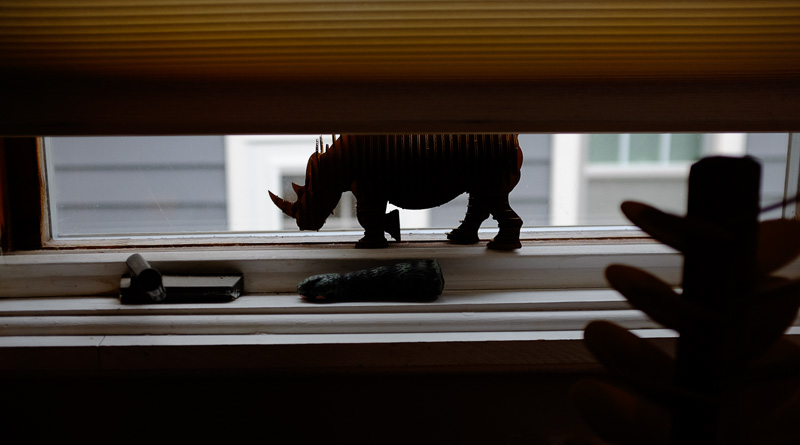
In 1990, I edited Mason Reynolds’s 1850 manuscript, The Hollow Earth, and I saw it into publication. The Hollow Earth ends with Mason and his wife Seela setting off for California aboard a clipper ship, the Purple Whale. Newspaper records of the time report that the Purple Whale sank off Cape Horn with no survivors.
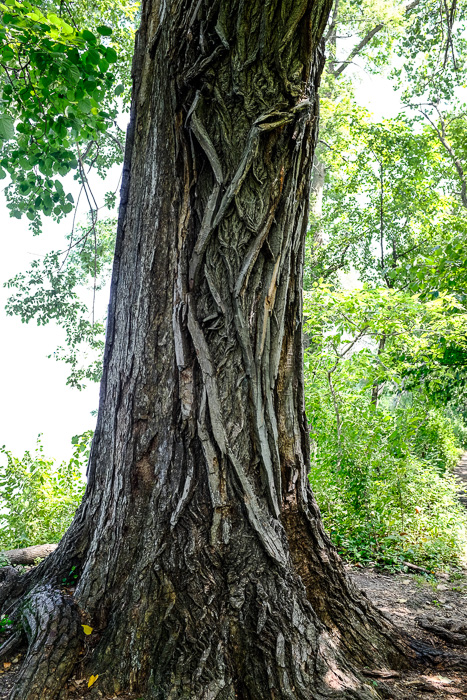
For years I’ve wondered if Mason and Seela might somehow have made their way to California anyway—and whether they ever revisited the Hollow Earth.

In 2006, one of my woman readers emailed me that, while on a dive trip to Fiji, she’d spent a passionate night with a man named Alan Poague, who showed her an unfinished manuscript attributed to Mason Reynolds and entitled Return to the Hollow Earth.
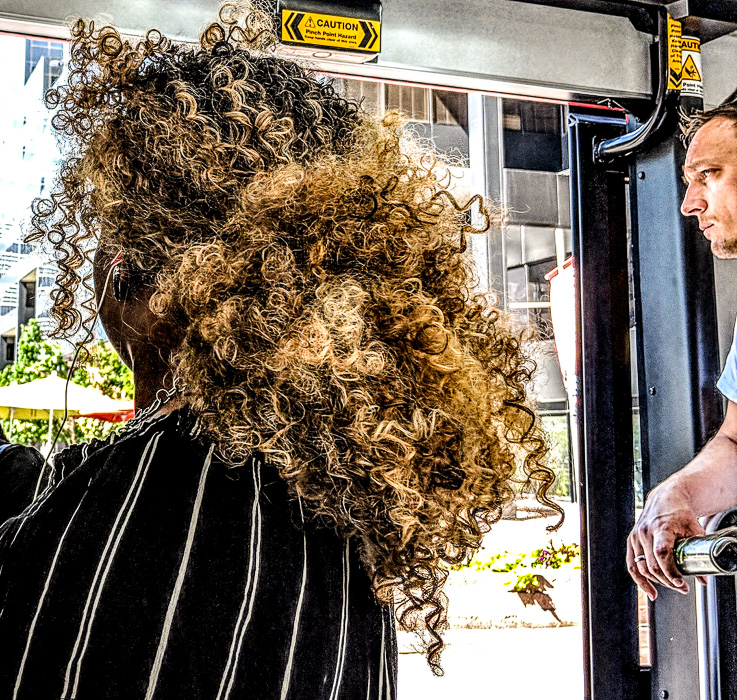
By way of researching this, my wife and I took a cruise on a liveaboard dive boat in Fiji—great fun. In a village on one of the smaller islands, I met this Alan Poague, a Californian who’d gone native in the islands. A raffish and engaging man, he played a steel guitar in the lounge of an inn that catered to divers and surfers. I told him my story, and he readily showed me the manuscript pages that he’d shown the woman diver who’d emailed me.
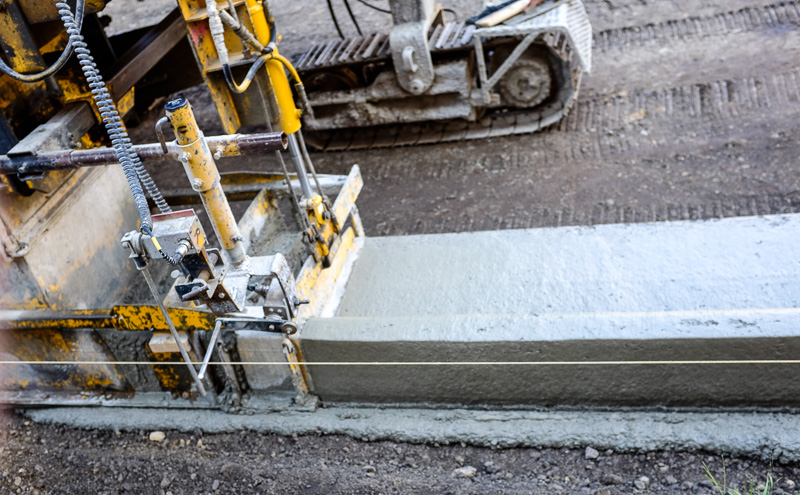
Poague said he was familiar with my edition of The Hollow Earth, and that his manuscript was by Mason Reynolds as well. How so? Supposedly the words had come to Poague in a kava trance, that is, in a waking dream brought on by an intoxicating local plant. He’d typed the text without really having to think about it. He’d produced eleven pages this way, and then the flow had stopped, or he’d gotten distracted—and he’d moved onto other projects. He was now assembling a diving guidebook for the Great Astrolabe Reef. And he dreamed of writing a New Age work based on his notions of the thought-processes of the woomo. I made a copy of Poague’s eleven pages and we returned home.
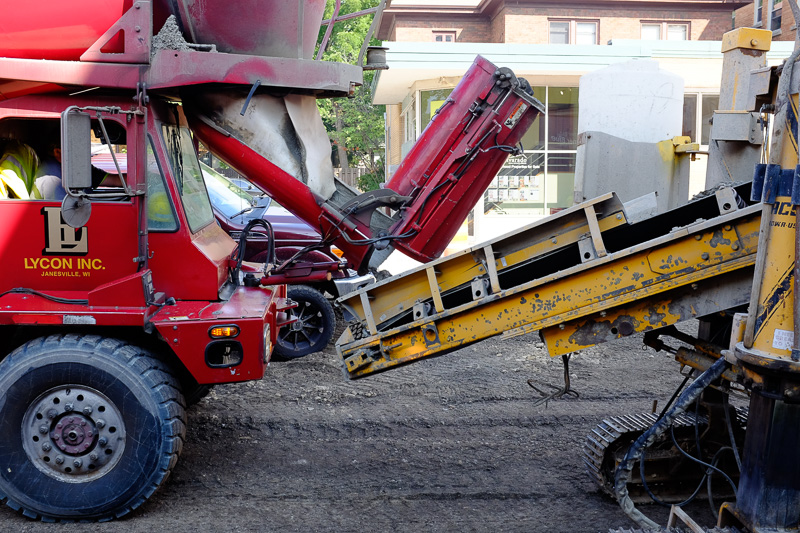
Ten years later, in April, 2017. I began having lucid dreams involving the Hollow Earth—in particular I was sensing the mind of the giant woomo whom Mason called Uxa. Uxa was extending her tendrils from the core, worming them through volcanic vents and ocean-floor holes. Upon reaching me, Uxa’s fronds wrapped my body in a net of pale gold. Using this connection, the Great Old One was speaking to me—not in words nor in images, but via certain physical sensations. She was making my fingers twitch.

I had no writing project that April. Sitting at my computer keyboard one morning, I turned my thoughts to my dreams of Uxa. As I thought of her, my fingers began to move. Suddenly I realized that Uxa wanted me to type the second narrative of Mason Reynolds.
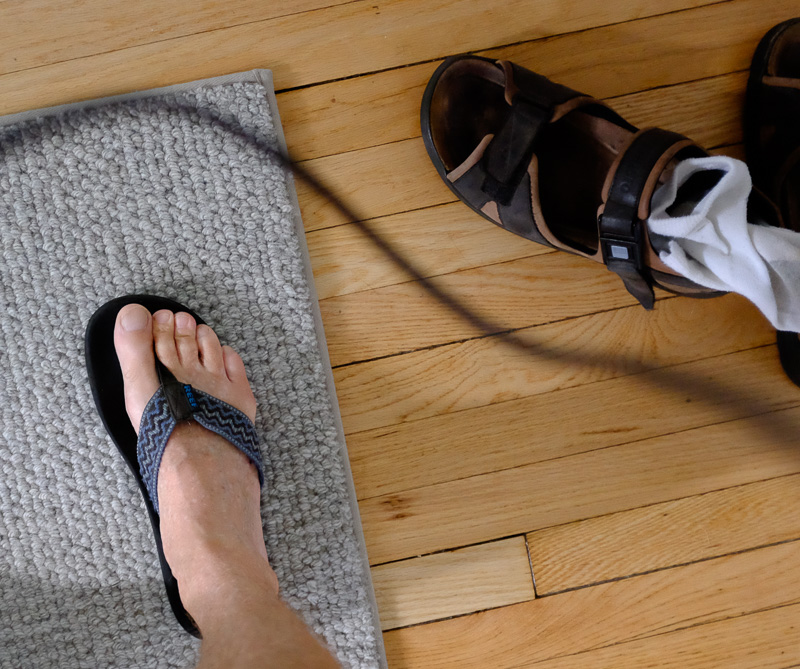
I knew this in the same non-verbal way that I might know the workings of a mathematical proof. Mason had written Return to the Hollow Earth in his head, Uxa had read his mind, and now she was using me to put Mason’s words to paper. She’d tried earlier to use Alan Poague of Fiji for her scribe, but he hadn’t had the patience. But now, with me already having edited The Hollow Earth, Uxa had found someone who would see the project through.
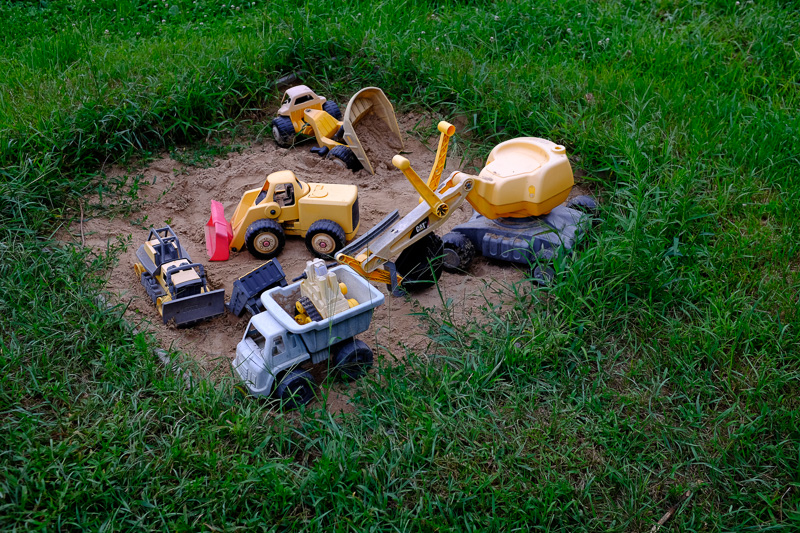
Smiling to myself, I unleashed my fingers and let the story flow. As my tekelili connection to Uxa sharpened, I began mentally hearing the words I wrote, and inwardly seeing the scenes I described.
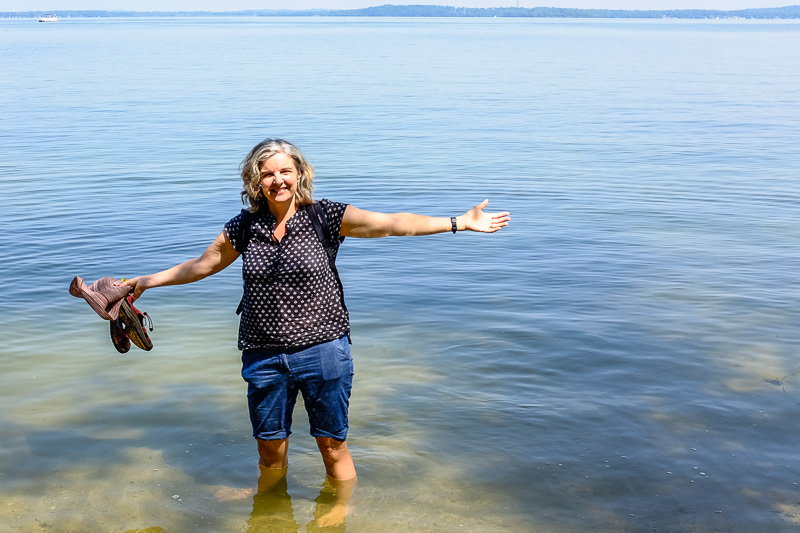
The strange, intense transmission lasted several hours, and when I was done, I’d typed the first six pages of Return to the Hollow Earth. The next day I typed five more. I compared what I had to my copy of the Alan Poague manuscript. The two texts were word for word the same.
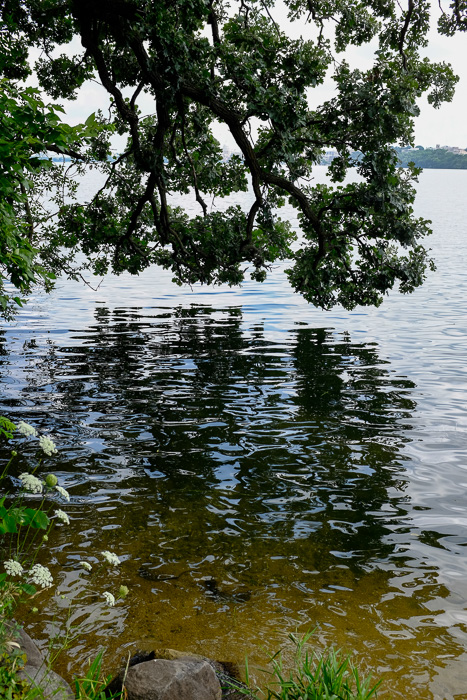
For a week nothing more came. I lost hope. Perhaps I’d unwittingly memorized Poague’s manuscript and had merely retyped it. Perhaps there was no Uxa. Perhaps I was a doddering, self-deluded, borderline-senile old man. A writer at the end of his rope.
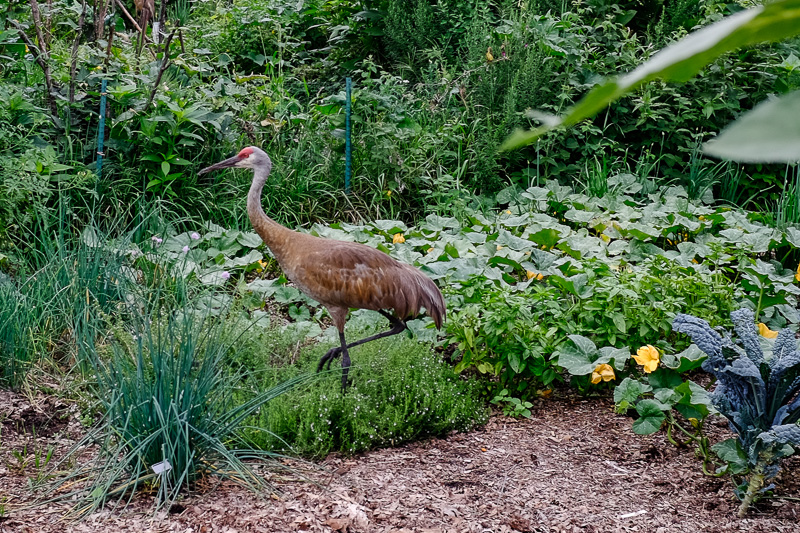
But then, bam, Uxa linked into me for three days in a row—and I was well into the second chapter. My joy mounted, and in the coming months my confidence steadily grow. I didn’t like telling my wife or my friends exactly what I was up to. I just said I was working on a sequel to The Hollow Earth, and that I had no outline at all, and that I was depending entirely on the muse. My scribing continued, off and on, for nearly a year. Nobody paid me much mind. Writing is what I do.

On March 24, 2018, things got stranger. According to what I was transcribing in the pages of Return to the Hollow Earth, Mason had arrived that day in Big Sur! No longer was he a fictional or a historical figure. He was here and now, just down the coast from my Los Gatos home. A day later, I found myself typing that Mason and his family had moved in with four undocumented Latinos in the Beach Flats neighborhood of Santa Cruz. Should I go and meet him? I didn’t quite dare.

How had Mason jumped so far forward in time? I had only to study the pages I’d written. Mason had spent over a hundred and sixty seven years stranded with the woomo Uxa in the slow time zone at the Hollow Earth’s core. Evidently it was near the end of that stay when Uxa began using her tekelili to send out Mason’s narrative for transcription. First she’d tried it with Alan Poague, and then she’d turned to me. And then Mason had escaped the slow time zone and he’d ridden to Big Sur in a live flying saucer made of two veem. And, now, even with Mason so far away from the Earth’s core, Uxa was still picking up his mental narrative—and transmitting the updates to me.
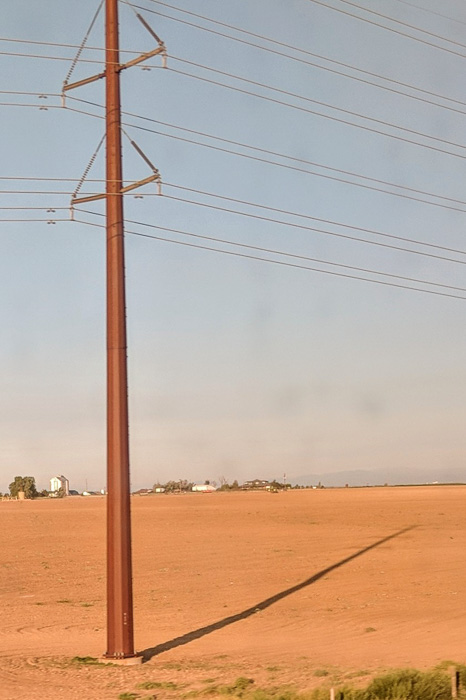
On March 28, 2018, I found myself writing that Mason had sold an article to a Santa Cruz newspaper called Good Times, and that his article was appearing that day. I’d been leery of seeking him out, but this pushed me over the edge. I got in my car and drove to the Good Times editorial office in Santa Cruz, and asked where I could find Mason Reynolds. A young woman told me to check the crumbling old Evergreen Cemetery.
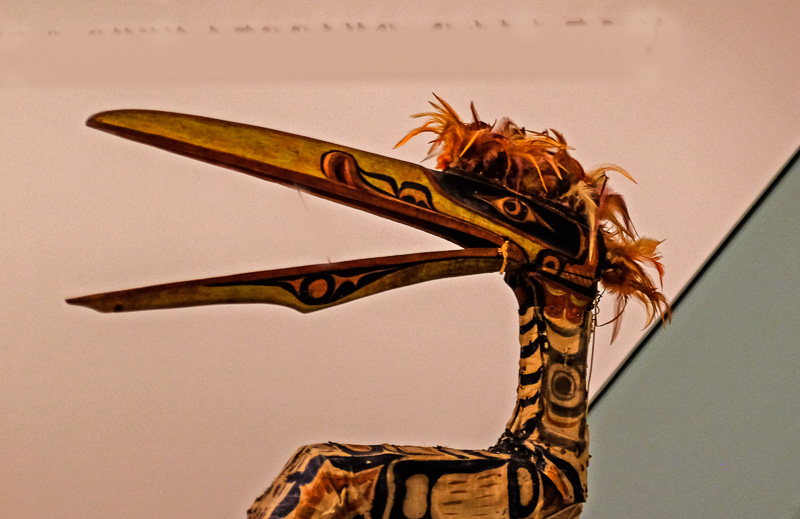
I hurried there—and I found Mason, along with his wife Seela, their baby Brumble, Mason’s new friends Maya and Rafaelo, plus an inquisitive policeman, and none other than the recently resurrected Edgar Allan Poe, accompanied by his wife Ina. I felt like I was going crazy.
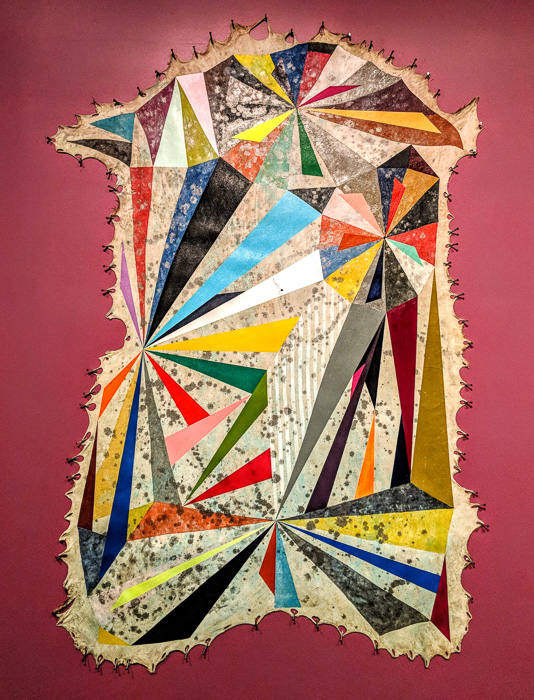
But yet, everything remained, in some ways, ordinary. Mason already knew that I’d edited and published his manuscript of The Hollow Earth, and he was interested in discussing this. He and his friends were on the point of being in trouble with the police, and I was able to talk our way past the problem.
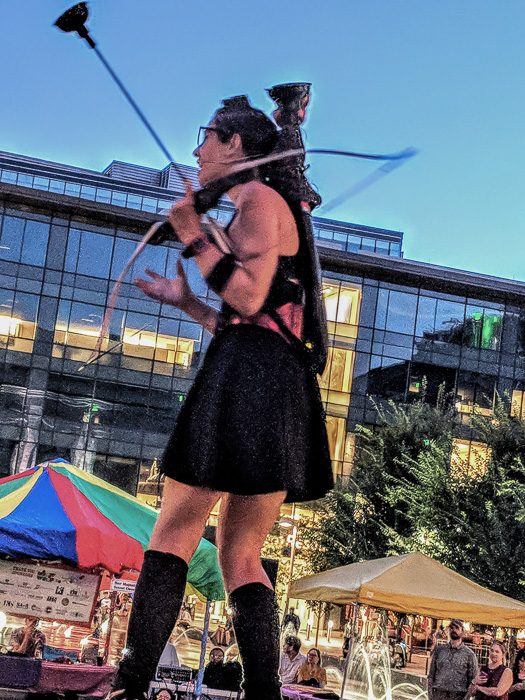
And—Edgar Allan Poe? Was I really meeting Poe? It certainly seemed so, not that he was in good shape, having spent well over a century buried in a bronze casket, and then having immediately gotten drunk. But you know all this if you’ve read Return to the Hollow Earth. Mason describes these scenes better than I. He’s a born writer, a natural.
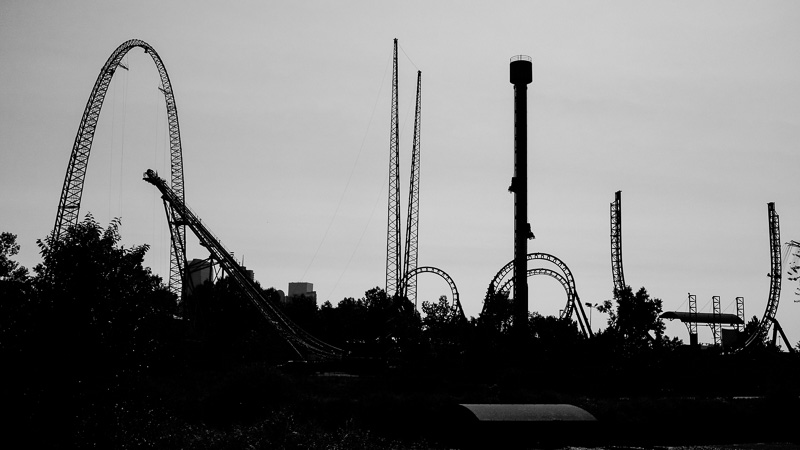
Having grown used to the fluent, assured tone of Mason’s two narratives, I was startled to see how young he was in person. Eighteen years old, or not quite that. He was dark-skinned from the woomo light, with the features of a slender, white, Southern boy, and with, of course, something of a Virginia accent. He was very articulate, and with a rich vocabulary. His speech had a leisurely pace that matched his origin in slower times. His eyes were quick, animated, and perhaps a bit haunted.
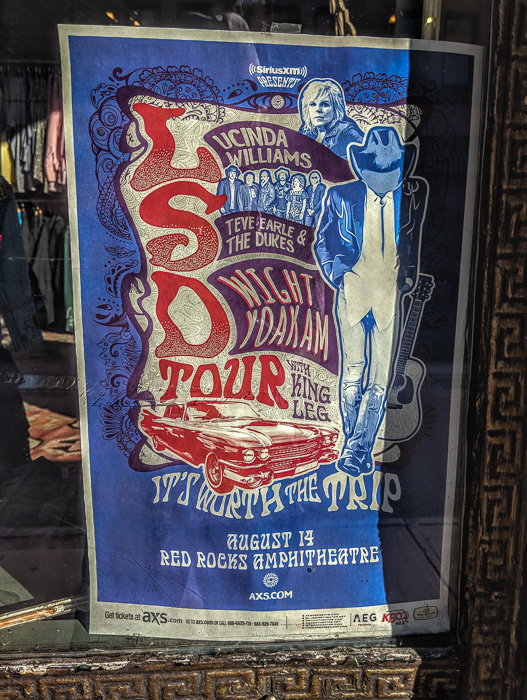
Seela was dark brown, with thin lips and a delicate nose, resembling the Melanesian women of Fiji. She was beautiful and lively, with a sharp tongue. Clearly she loved Mason and Brumble. The moment of her parting with them was very painful, and their reunion a joy.
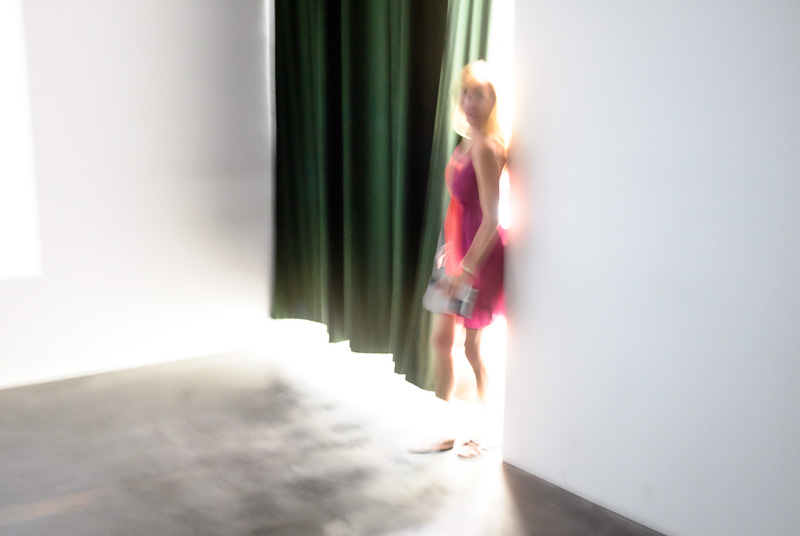
Mason and Seela didn’t like our present day world, and Mason himself was a bit let down that he hadn’t traveled onward through that dubious tunnel in space with Eddie Poe. I was glad to give Mason and Seela some money—although he thinks it should have been more. I hope I did well in suggesting they move to Pohnpei. And I’m glad to have inherited their dog. Arf is good company, with deep wisdom in his eyes.
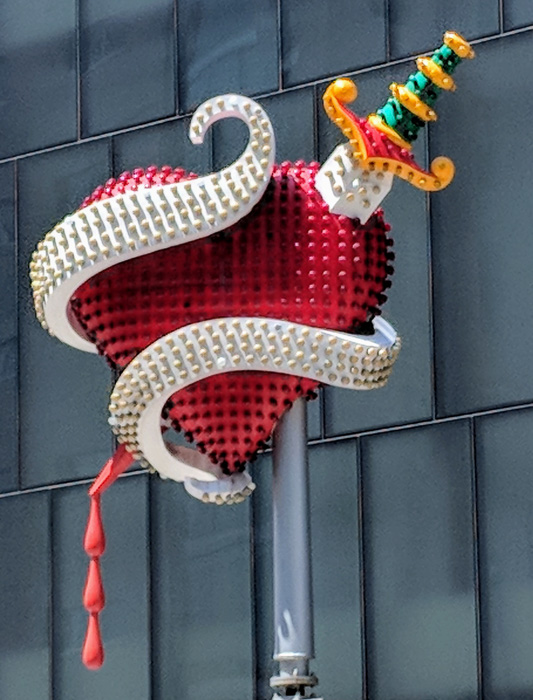
In my excitement, I didn’t think to take any photos of Mason, nor of the epic scenes at Big Sur. But Arf is here in the flesh. As I like to tell people, “If you don’t believe the Hollow Earth is real, come visit me and you can see the dog!”
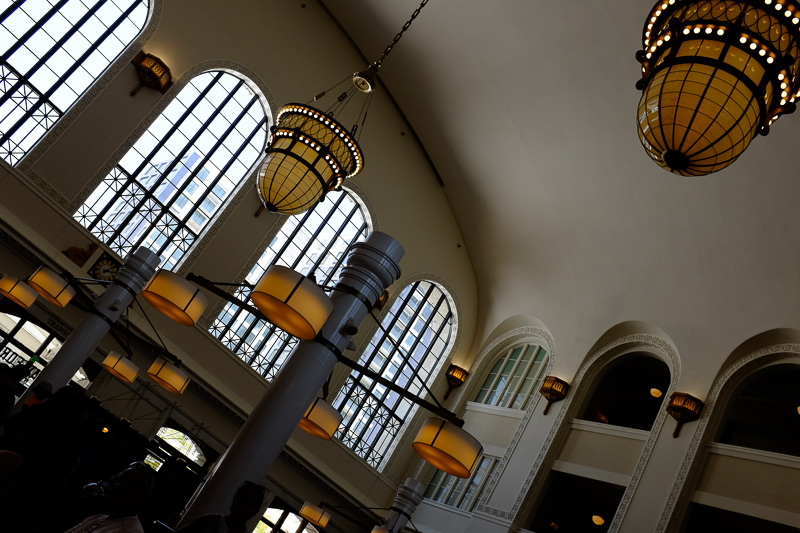
As I write this, he’s lying in a patch of sun, thumping his tail against the floor. Good dog. Arf is my proof that the Earth is hollow.
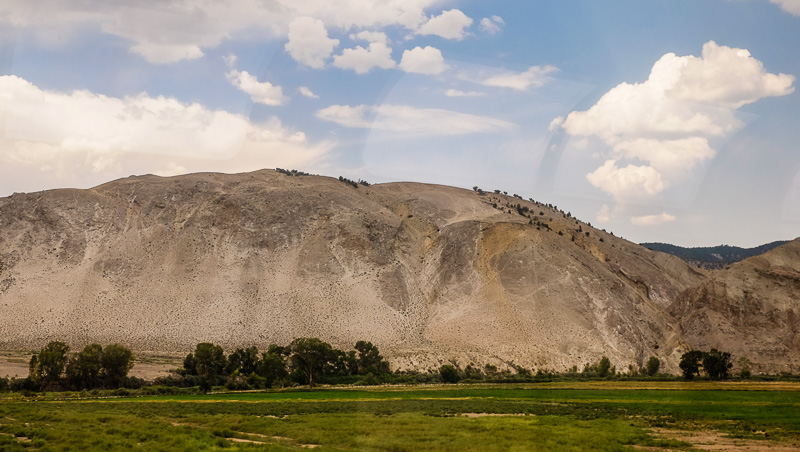
I’m no longer getting any tekelili updates from Uxa. Perhaps, from the woomo point of view, my mission is done—not that I’m certain what was the purpose of my mission. Perhaps Mason’s two narratives are meant to prepare our society for an eventual merger with the civilizations of the Hollow Earth? The woomo take a long view.
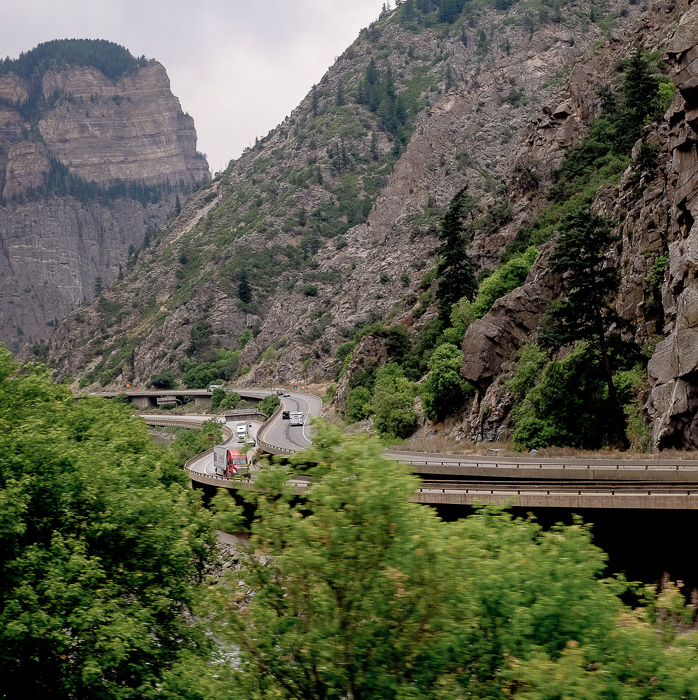
I don’t have any contact information for Mason, but I do have Rafaelo’s email address. A couple of months ago I mailed a paper printout of my draft of Return to the Hollow Earth to Mason in care of General Delivery at Pohnpei. Rafaelo emailed me Mason’s response, and this comprises the brief closing section of the book’s final chapter. I’ve heard nothing more since then.
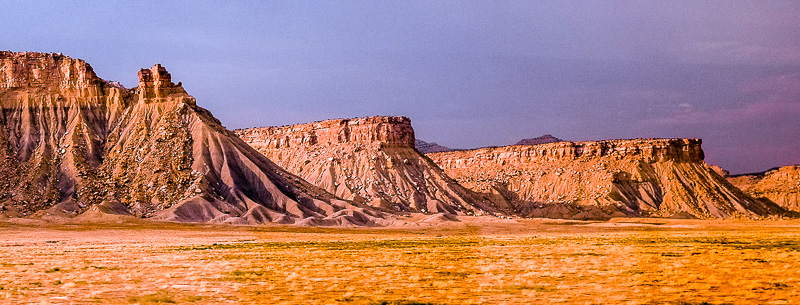
Judging from Mason’s ending to the book, I think he’s angry about his book being published with so little fanfare—and that he blames me. And never mind that I spent a year writing his book for him, and gave him ten thousand dollars! A slicker promoter might have found a way to package Mason’s adventures into a best-seller. A wiser editor might not insist—in the face of universal derision—that Mason’s two books are literally true.
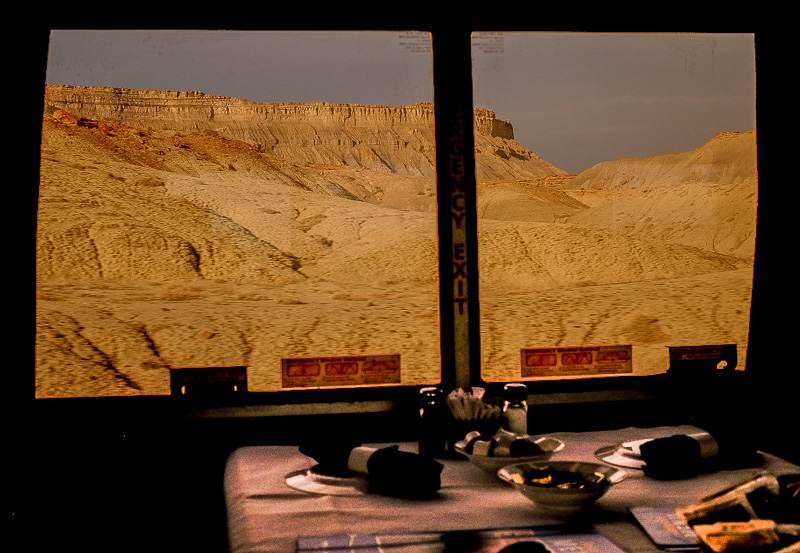
The public is wary of nuts—and this category unfairly includes believers in the doctrine of the Hollow Earth. But Mason and I are right. As he puts it—to hell with them all. What matters is that we’ve managed to publish the truth, and nobody stopped us.
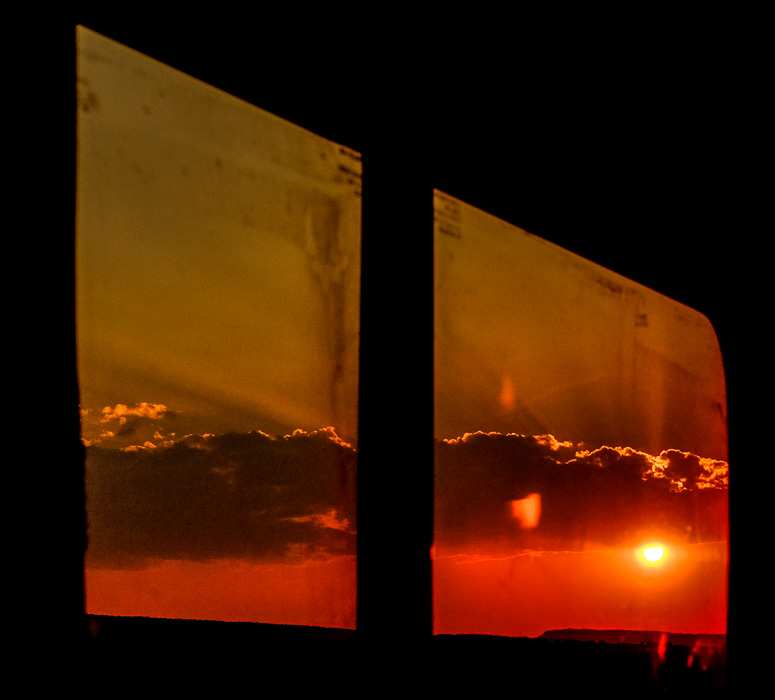
As a final point, note that definitive proofs of the Hollow Earth doctrine are in the offing. Eventually the passageways at the poles will reopen. As the Antarctic ice melts, the cap across the South Hole will crumble. And, as ice vanishes from the Arctic and the speed of the polar jet stream increases, the pre-1850 North Hole maelstrom will reemerge.
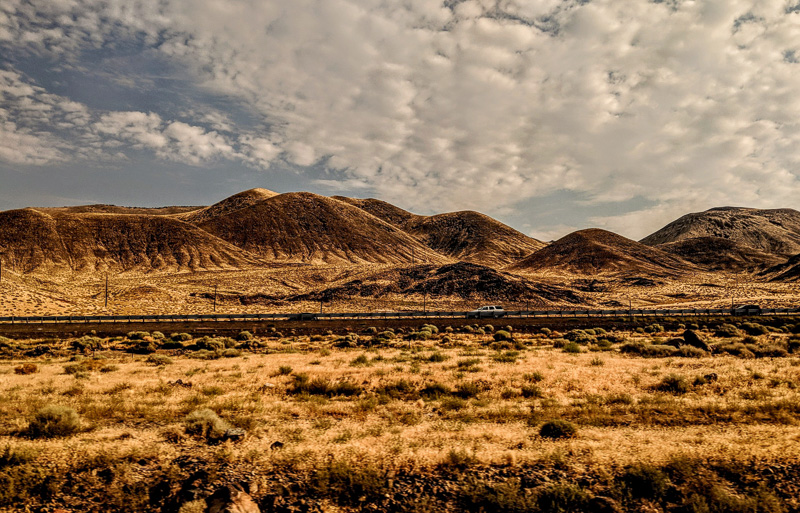
And then Mason Reynolds will be granted his just place in the Pantheon of great explorers!








